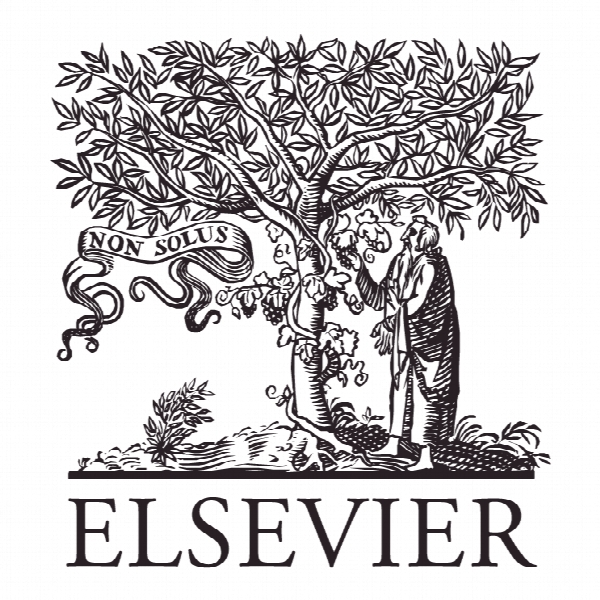بررسی القاء قدرت تحمل ایمنی در بیماری هموفیلی A Review of Immune Tolerance Induction in hemophilia A
- نوع فایل : کتاب
- زبان : انگلیسی
- ناشر : Elsevier
- چاپ و سال / کشور: 2018
توضیحات
رشته های مرتبط پزشکی
گرایش های مرتبط خون و آنکولوژی
مجله بررسی خون – Blood Reviews
دانشگاه University Medical Center Utrecht – University Utrecht Lundlaan 6 – the Netherlands
منتشر شده در نشریه الزویر
کلمات کلیدی انگلیسی Hemophilia A; inhibitors; anti-FVIII antibodies; immune tolerance induction (ITI); working mechanism
گرایش های مرتبط خون و آنکولوژی
مجله بررسی خون – Blood Reviews
دانشگاه University Medical Center Utrecht – University Utrecht Lundlaan 6 – the Netherlands
منتشر شده در نشریه الزویر
کلمات کلیدی انگلیسی Hemophilia A; inhibitors; anti-FVIII antibodies; immune tolerance induction (ITI); working mechanism
Description
1. Introduction Hemophilia A is one of the most common inherited bleeding disorders, affecting 1 in 5000 live born boysworldwide1 . This X-linked disease is caused by a deficiency of the coagulation protein factor VIII (FVIII). Due to this deficiency patients carry a lifelong risk of spontaneous and life-threatening bleeds and they require frequent intravenous infusions of FVIII in order to prevent or treat these bleeding events. The disease has a long history, in which treatment options improved tremendously, evolving from whole blood transfusion to cryoprecipitate to recombinant FVIII (rFVIII) concentrates, including the recently introduced products with an extended half-life. During this evolution many problems and challenges had to be overcome, of which the prevention of viral transmission, like HIV and HCV, by plasma derived products is one of the most striking examples. Nowadays the remaining and challenging complication in the treatment of is the formation of neutralizing antibodies against FVIII (‘inhibitors’). Inhibitor development occurs in approximately 30% of all patients with severe hemophilia A and 5% of all patients with moderate or mild hemophilia A 2,3 . As a consequence of these inhibitors traditional replacement therapy becomes ineffective, making it necessary to switch to alternative hemostatic therapies by using bypassing agents, which are less efficient and more costly. . Thereby inhibitors significantly increase morbidity and negatively influences patients’ quality of life4,5 . Given the significant burden of inhibitors on both patients’ health and health-care costs many efforts have been made to prevent or eliminate anti-FVIII antibodies. For so far the only effective therapy to eliminate inhibitors is immune tolerance induction (ITI), which is successful in 60-80% of all cases6,7 . This therapy was first described by Brackmann and Gormsen and the concept of ITI is that repeated and long term administration of FVIII leads to down-regulation of the immune response8. It is a very invasive and costly therapy (around €60.000 per month) and it often takes several years in order to achieve tolerance9 . Despite the 40 years of experience with ITI there are still many issues unresolved, especially regarding the mechanism of inducing tolerance and the optimum ITI regimen, including the dose and type of FVIII. Regarding the latter, there have been reports about the potentially beneficial role of Von Willebrand Factor (VWF) and the recently introduced recombinant FVIII-Fc fusion protein (rFVIII-Fc) in the induction of tolerance10–16 . Since hemophilia A is one of the few clinical examples in which an already established immunological problem can be successfully down-regulated with ITI, this disease provides a valuable model for clarifying the mechanisms of tolerance induction. However, information on ITI is scattered and mostly derived from in-vitro studies, animal models or small retrospective cohorts, which are almost by definition inconclusive. We performed a review to summarize all available information on the working mechanism of ITI.


